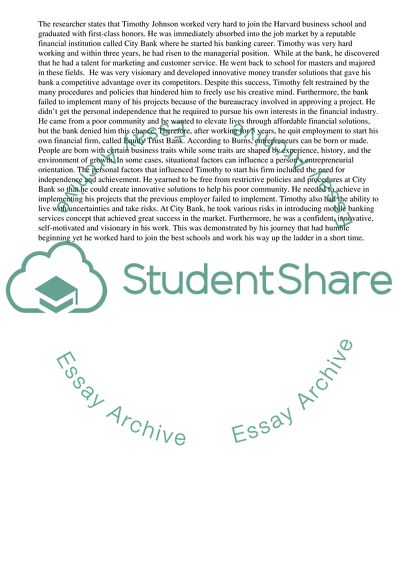Cite this document
(Entrepreneurs, Expectations and Business Expansion Coursework - 2, n.d.)
Entrepreneurs, Expectations and Business Expansion Coursework - 2. Retrieved from https://studentshare.org/business/1862801-marketing-entrepreneurship
Entrepreneurs, Expectations and Business Expansion Coursework - 2. Retrieved from https://studentshare.org/business/1862801-marketing-entrepreneurship
(Entrepreneurs, Expectations and Business Expansion Coursework - 2)
Entrepreneurs, Expectations and Business Expansion Coursework - 2. https://studentshare.org/business/1862801-marketing-entrepreneurship.
Entrepreneurs, Expectations and Business Expansion Coursework - 2. https://studentshare.org/business/1862801-marketing-entrepreneurship.
“Entrepreneurs, Expectations and Business Expansion Coursework - 2”, n.d. https://studentshare.org/business/1862801-marketing-entrepreneurship.


